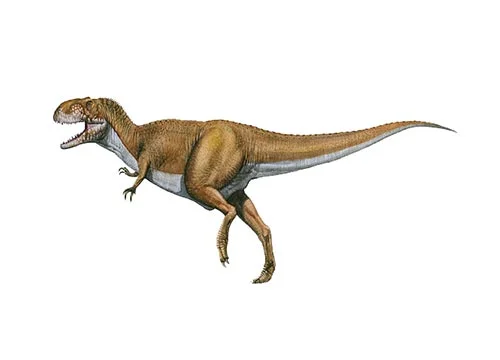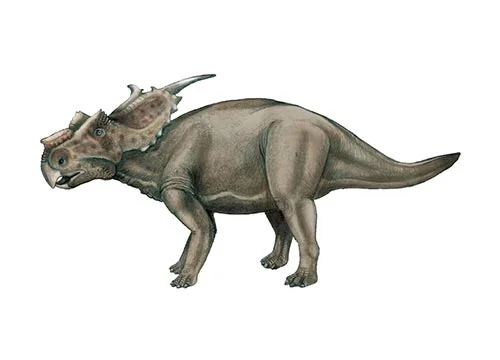Heterodontosaurus (Different toothed lizard)

Het-er-o-dont-o-sore-us
A. W. Crompton & A. J. Charig - 1962
Herbivore / Possibly Omnivore
Estimated 1 meters long
Euornithopod
H. tucki (type)
South Africa - Upper Elliot Formation. Possibly also Mexico - la Boca formation and Argentina - Laguna Colorada Formation
Early Jurassic, 200-190 million years ago
Heterodontosaurus Facts
Heterodontosaurus, meaning “different toothed lizard,” is a genus of small herbivorous dinosaur that lived during the Early Jurassic period, approximately 200 to 190 million years ago. It is known from fossils found in what is now South Africa.
Heterodontosaurus was a small bipedal dinosaur, measuring around 1 meter (3 feet) in length and weighing around 5-10 kilograms (11-22 pounds). It is known for its distinctive teeth, which were adapted for biting and grinding tough vegetation. It had large, pointed canine teeth at the front of its jaws, which were likely used for defense against predators, and a row of smaller, flattened teeth further back in its jaws, which were used for grinding plant material.
Heterodontosaurus had a relatively large brain for its size, and may have had good eyesight and acute senses of smell and hearing, which would have helped it detect predators and find food. It likely lived in small groups or family units, and may have had complex social behaviors.
The discovery of Heterodontosaurus and other early herbivorous dinosaurs has provided valuable insights into the evolution of plant-eating dinosaurs and their adaptations for feeding on different types of vegetation. Heterodontosaurus is also an important example of the early diversification of dinosaurs in the Jurassic period, and the development of complex ecosystems that included both herbivorous and carnivorous dinosaurs.



